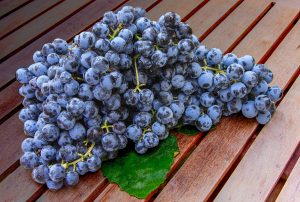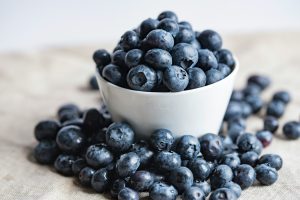The World Apple and Pear Association (WAPA) estimates that the European harvest will drop from its initial forecasts to around 12,076,000 tons. This amount is approximately 90,000 t less than what the August forecast suggested (12,168,000 t).
Most countries, except Poland and Czech Republic, have revised their original estimations downwards, especially France, Italy, and Spain. The United States is also experiencing a decrease and estimates a harvest of 4.6 million tons.
All kinds of problems
The lack of seasonal workers is another problem that has persisted since the beginning of the coronavirus pandemic. It has become even more important in the case of those companies that were counting on seasonal labour from Ukraine. In this regard, Poland is the country affected the most, due not only to its proximity but also to its large production.
Another urgent problem –something that affects the entire fruit and vegetable sector– is the sky-high increase in electricity prices, which have raised storage costs to unsustainable levels for fruit growers. This situation is so serious that some fruit growers are deciding not to collect their harvest due to the high costs involved.
These factors pose an important problem for the sector’s final production and competitiveness, and even threaten its future existence. In addition to a limited return on fruit growers’ investment, another problem will be the size of fresh apples and pears. The severe weather conditions in August (heatwaves and droughts in some regions) have had a negative impact on the size and colouring of a large part of the fruit. All this could result in a substantial increase in fruit used for industrial processes.
France
The weather problems have emerged in different ways in the French market, which this year has carried out an early downward re-evaluation of its harvest, without ruling out that it could drop even more. This could be estimated at 1,300,000 t. The greatest difficulties have appeared with the early varieties, such as Gala, with important colouring problems. The only positive reading of this situation lies in the high sugar levels, particularly in Galas.
The general situation for French fruit growers is very similar to the rest of their European colleagues, afflicted by the significant rise in electricity prices, which are affecting all the processes, from irrigation to storage itself, costs that could jeopardise many farms.
Italy
The three apple-growing regions of Piedmont, Trentino, and South Tyrol experienced a decrease in production, which is proving to be the case in the rest of Europe. However, Italy is strongly emphasizing the promotion of its production of organic apples and, above all, its ongoing varietal research and marketing of new varieties that are shaking up the markets. This is the case of the SweeTango apple, which is harvested in mid-August, featuring a refreshing, crispy, and very juicy texture.
In general, the sector’s situation is no different than that of its fruit-growing neighbours, where high temperatures as well as rising energy and packaging costs are weighing heavily on the sector.




















